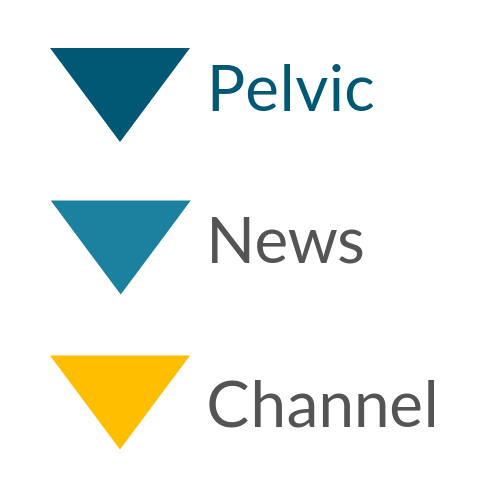Potty training: results of 2 systematic reviews
(Best time to start & what elimination signals to look for)
Long before I had children of my own, I noticed a different approach regarding potty training between my Austrian and Dutch friend.
At one and a half years my Austrian friend started potty training. The little boy was playing without a nappy and as soon as my friend thought he had to void he was put on the potty or …had wet pants. Around the age of two he was dry. The son of my Dutch friend was potty trained just before he turned four. My friends both had a completely different approach. Active potty training at a young age (parent-orientated approach) or waiting until the child is ready (child-orientated approach).
As a pelvic physiotherapist, I have only treated adult patients. Nonetheless, I was really curious when I came across two systematic reviews on two different aspects regarding potty training. One investigates the association between age of starting toilet training and the risk of lower urinary tract dysfunctions. The second one is on ‘elimination signals* in non-toilet trained children aged 0-4 years’. (*signal a child gives before, during or after micturition) In this blog I will discuss both.
The results of the first systematic review showed that the risk of lower urinary tract dysfunctions was significantly less in children who were toilet trained at a younger age. Children who started toilet training before the age of 24 months were 23% less likely to have lower urinary tract dysfunction (odds ratio was 0.77 (p=0.009)). Subgroup analysis revealed 23% less like to have daytime urine loss (odds ratio of 0.77 (95%CI 0.63-0.94), p=0.014)) and 37% less night time bedwetting (odds ratio 0.63 (p=0.023)).
The second systematic review showed that about 30 to 50% of the children wake up just before they have to void.
The elimination signals can be divided into:
- Visual, tactile and auditory signals
- Clinically assessed signals A closer look at the most frequently mentioned visual, tactile, and auditory signals before micturition:
- Change in facial look frequently with movement of the body (kicking/pushing, pointing or waving, and stepping movements)
- Stop playing (age of 1 year)
- Short cry, vocalizations
- Other arousal signs: opening of the eyes, movement of body, crying
Clinically assessed signals:
- Rising heart rate and at the same time decrease in breathing frequency (in term children)
Older children have more elimination signals. It is known that if caregivers are aware of the elimination signals in young children and place the child on the potty that bladder control is acquired quicker.
Both systematic reviews have limitations due to several reasons like for instance; variability in terminology, low level of evidence of studies (observational design) and small sample sizes.
These systematic are interesting for all professionals in giving evidence based advise to care givers regarding potty training. Children give elimination signals from an early age onwards. Commencing toilet training before the age of 24 months reduces the chance of lower urinary tract dysfunction.
Reference:
Li X et al. Delayed in toilet training association with pediatric lower urinary tract dysfunction: A systematic review and meta-analysis, Journal of Pediatric Urology, https://doi.org/10.1016/j.jpurol.2020.02.016
Vermandel A et al. ‘Elimination signals’ in healthy, NON toilet trained children aged 0-4 years: A systematic review, Journal of Pediatric Urology, https://doi.org/10.1016/j.jpurol.2020.03.003









Recent Comments